Tomorrow and Saturday, Antiquorum auctioneers will put on display a set of watches and clocks by Vacheron Constantin that will be sold in a worldwide auction on April 3.
The sale is to mark Vacheron Constantin's 250th anniversary, which makes it the world's oldest horloger.
Not your everyday watches and clocks, the lowest estimate on any of the 250 items up for sale is Sfr70,000 (US$62,000). Estimates rise steeply from there to Sfr300,000 for a limited-edition minute-repeat, diamond-set men's wristwatch.
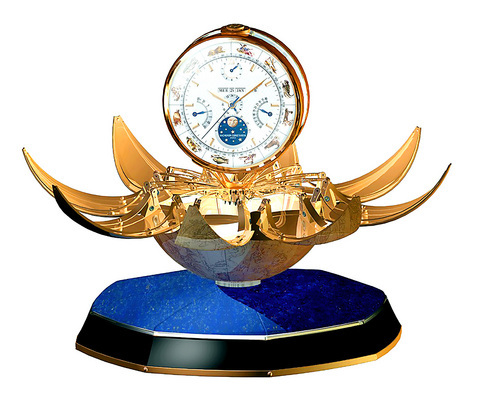
Final sale prices could easily eclipse these prices.
Vacheron Constantin was founded in Geneva in 1755, when the horologer industry was liberalized and technological breakthroughs were heralding the onset of the industrial revolution. The horologer has survived through the centuries as a family business with a list of clients that reads like a royal history of Europe.
Vacheron Constantin watches have since become highly exclusive collector's pieces that are rarely displayed in a collection as will be made available in Taipei.
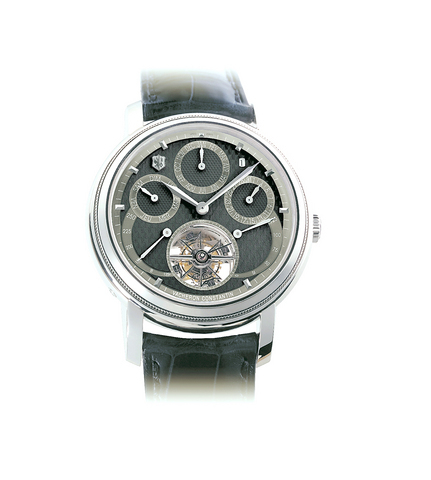
The watches and clocks will be on display at the Far Eastern Plaza Shangri-la Hotel at 201 Dunhua S Rd, Sec 2, Taipei (台北市敦化南路2段201號).
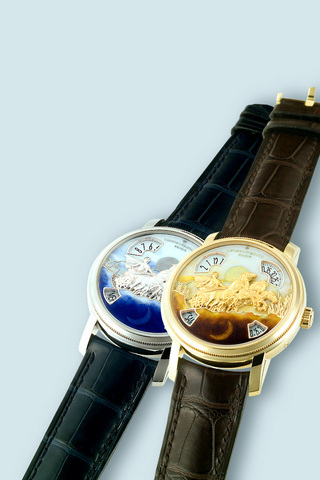
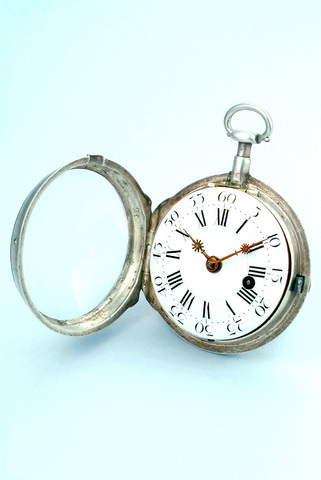
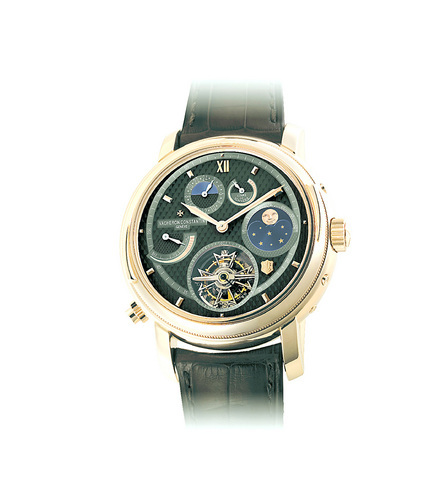
PHOTOS COURTESY OF ANTIQUORUM

Desperate dads meet in car parks to exchange packets; exhausted parents slip it into their kids’ drinks; families wait months for prescriptions buy it “off label.” But is it worth the risk? “The first time I gave him a gummy, I thought, ‘Oh my God, have I killed him?’ He just passed out in front of the TV. That never happens.” Jen remembers giving her son, David, six, melatonin to help him sleep. She got them from a friend, a pediatrician who gave them to her own child. “It was sort of hilarious. She had half a tub of gummies,

June 23 to June 29 After capturing the walled city of Hsinchu on June 22, 1895, the Japanese hoped to quickly push south and seize control of Taiwan’s entire west coast — but their advance was stalled for more than a month. Not only did local Hakka fighters continue to cause them headaches, resistance forces even attempted to retake the city three times. “We had planned to occupy Anping (Tainan) and Takao (Kaohsiung) as soon as possible, but ever since we took Hsinchu, nearby bandits proclaiming to be ‘righteous people’ (義民) have been destroying train tracks and electrical cables, and gathering in villages

The wide-screen spectacle of Formula One gets a gleaming, rip-roaring workout in Joseph Kosinski’s F1, a fine-tuned machine of a movie that, in its most riveting racing scenes, approaches a kind of high-speed splendor. Kosinski, who last endeavored to put moviegoers in the seat of a fighter jet in Top Gun: Maverick, has moved to the open cockpits of Formula One with much the same affection, if not outright need, for speed. A lot of the same team is back. Jerry Bruckheimer produces. Ehren Kruger, a co-writer on Maverick, takes sole credit here. Hans Zimmer, a co-composer previously, supplies the thumping

Swooping low over the banks of a Nile River tributary, an aid flight run by retired American military officers released a stream of food-stuffed sacks over a town emptied by fighting in South Sudan, a country wracked by conflict. Last week’s air drop was the latest in a controversial development — private contracting firms led by former US intelligence officers and military veterans delivering aid to some of the world’s deadliest conflict zones, in operations organized with governments that are combatants in the conflicts. The moves are roiling the global aid community, which warns of a more militarized, politicized and profit-seeking trend